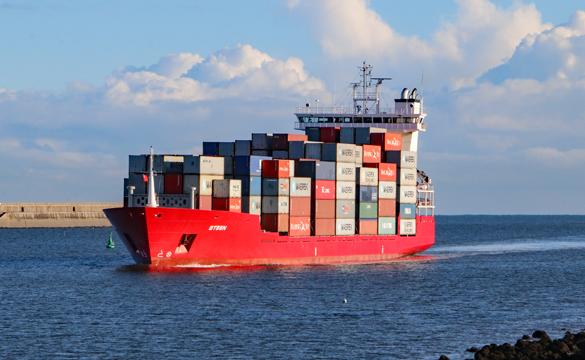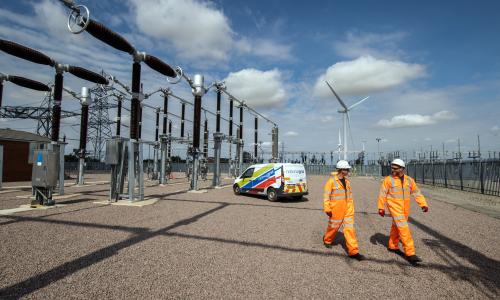
New online tool will help UK ports transition to net zero
National Grid has partnered with Siemens to create a free online tool to help UK ports meet their net zero targets. The tool will aid decarbonisation by helping ports forecast the future infrastructure needed to meet potential increased demand for electricity from zero emission operations.
If ports are to meet their net zero targets, the demand for clean energy will need to be increased and ports will likely need completely new connections to the electricity transmission network.
Why is it important for ports to reach net zero?
The Maritime sector is responsible for 5% of UK transport emissions, with diesel fuel predominantly used to power vehicles and equipment.
To meet the UK’s net zero targets, all modes of transport will need to decarbonise … with a likely increased demand for electricity.
It’s estimated that, between now and around 2050, the annual electricity demand across the ports could increase to around 250 Gigawatt hours (GWh) under a ‘business as usual’ scenario. However, with a move away from using diesel fuels and under a new, ambitious emission reduction scenario, this could increase to more than 4,000 GWh*.
Dr Russell Fowler, Senior Project Manager for Decarbonisation of Transport at National Grid, explains: “To meet the UK’s net zero targets, all modes of transport will need to decarbonise, no matter the scale and complexity, with a likely increased demand for electricity.”

Transitioning ports to alternative fuels
Ports have already begun to decarbonise, with government modelling showing they can achieve net zero through a transition to alternative fuel and the integration of ports into the decarbonised energy network.
Mark Simmonds, Director of Policy & External Affairs at the British Ports Association, comments: “UK Ports and the Maritime sector have a crucial role to play in meeting future net zero targets.”
With the support of the Decarbonisation Tool, and guidance from the British Ports Association, UK ports can begin to plan their transition to alternative fuel powered vessels using energy from low- or zero-emission sources; and also the integration of ports into the decarbonised energy network.
How can the new online tool help ports reach net zero?
The new Port Peak Power Demand Calculation Tool hopes to help accelerate the transition by modelling future peak demand for electricity and give an estimate of the connections needed, both to the local distribution network and the national transmission system. It does this by asking questions about the assets a port has on site – from the number of berths and types of cranes, to the number of car parking spaces – matching it with estimates of the peak power demand for the site.
The tool is offered in two versions. One version makes assessments based on the asset information input; the other version can be customised, allowing the port to change the assumptions if appropriate. The idea is to make the tool simple to use and to give ports preliminary guidance to allow for a more detailed insight to meet their requirements.
Once ports have downloaded and worked through the decarbonisation tool, they can contact National Grid with the preliminary findings for a more in-depth conversation if required.
Mark Simmonds continues: “Ports recognise the scale of the challenge in reducing emissions from their operations and from ships. Increasing electrification will play a major role in that. This tool will help ports and terminals to better understand their network infrastructure and the complexities involved in power supply. We hope it will lead to more informed discussions about their potential future electricity demands.”
*Source: A Summary Report for the Department for Transport – Reducing the Maritime Sector’s Contribution to climate change and pollution 2019.



